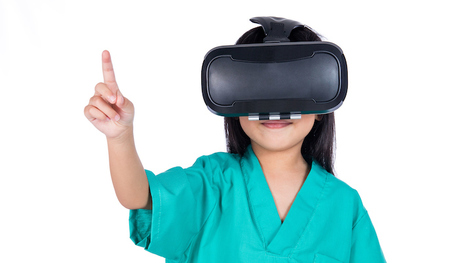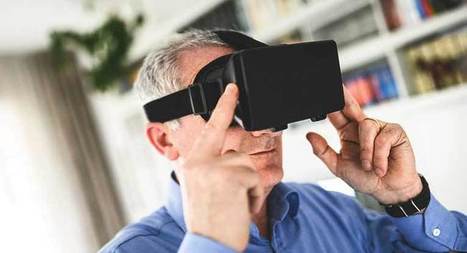The pandemics of major infectious diseases often cause public health, economic, and social problems. Virtual reality (VR) and augmented reality (AR), as two novel technologies, have been used in many fields for emergency management of disasters. The objective of this paper was to review VR and AR applications in the emergency management of infectious outbreaks with an emphasis on the COVID-19 outbreak.
It appears that VR and AR technologies can play a positive role during infectious disease outbreaks.
VR and AR have been widely used in the prevention and response phases of emergency management during infectious disease pandemics, such as SARS and Ebola pandemics, especially for educating and training purposes for the public.
During the COVID-19 outbreak, these technologies have the potential to be used in various fields, including
1) clinical context (e.g., telehealth, drug discovery, patient assessment, mental health management),
2) entertainment (e.g., video call, meditation, gaming),
3) business and industry (e.g., holding meetings and conferences, marketing), and
4) education (e.g., in schools and universities, for healthcare providers, and VR-based content for improving public health).
These technologies can be used in the above-mentioned fields by providing their different features for facilitating the challenges of COVID-19.
However, to respond to COVID-19, all applications of VR and AR should be considered as a supportive approach alongside other information technologies.
We believe that VR and AR have a substantial potential to impact the emergency management of COVID-19 or any infectious disease pandemics; however, these potentials need to be studied in a more robust manner.
read the paper ta https://www.sciencedirect.com/science/article/pii/S2352914821000691



 Your new post is loading...
Your new post is loading...










